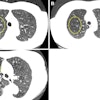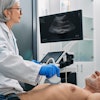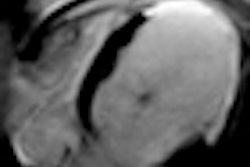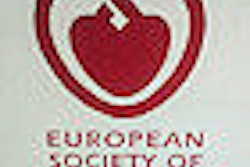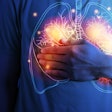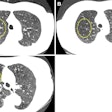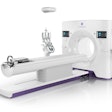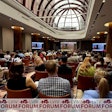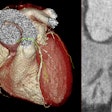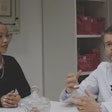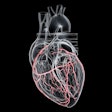Dear Cardiac Insider,
All eyes last week were on the European Society of Cardiology (ESC) Congress in Paris, which served up a grand buffet of imaging advances in all modalities.
MRI, for example, has made important advances in depicting the mechanisms of heart disease in the past year. According to an article by AuntMinnieEurope.com contributing writer John Brosky, patients with a potentially deadly aortic valve defect known as bicuspid aortic valve are benefiting from MRI's ability to detect the biophysical properties of the aortic wall to determine changes that may signal a deterioration in the condition.
MRI is also improving its ability to evaluate the coronary arteries via new contrast agents. Use of a novel elastin-specific MR contrast agent in an animal model is helping reveal the elastin content in coronary artery plaque. Get the rest of the story here.
Is CT angiography (CTA) nervous about an MRI incursion? Hardly. The fast, noninvasive modality is winning its own competition of sorts against conventional angiography, which is increasingly seen as expensive, wasteful, and potentially risky, according to Dr. Stephan Achenbach from the University of Giessen in Germany. With its high negative predictive value -- consistently ranging between 98% and 99% in different studies -- CT allows cardiologists to confidently rule out stenosis, giving it enormous prognostic value that is demonstrated in a near-zero cardiac event rate following negative cardiac CTA.
Not so fast, countered Dr. Bernhard Meier from University Hospital in Bern, Switzerland, who argued that cardiac CTA's dismal sensitivity renders it all but useless in evaluating coronary artery disease. Angiography provides information CT cannot give, such as hemodynamics and flow patterns, and pressure grades can be measured with catheterization, he said. Look for the great debate here.
Speaking of which, is MRI poised to take over nuclear medicine, or is its utility being overstated? Get both sides of the story here.
Does the European Union's regulatory framework need an overhaul? Explore this hot-button issue in an article you'll find here. Last but not least, find out how a novel iterative reconstruction technique is making body CTA an extremely low-dose technique.
And there's more, of course. Be sure to scroll down for the rest of the news in your Cardiac Imaging Digital Community, your finger on the pulse of cardiac imaging in Europe.


